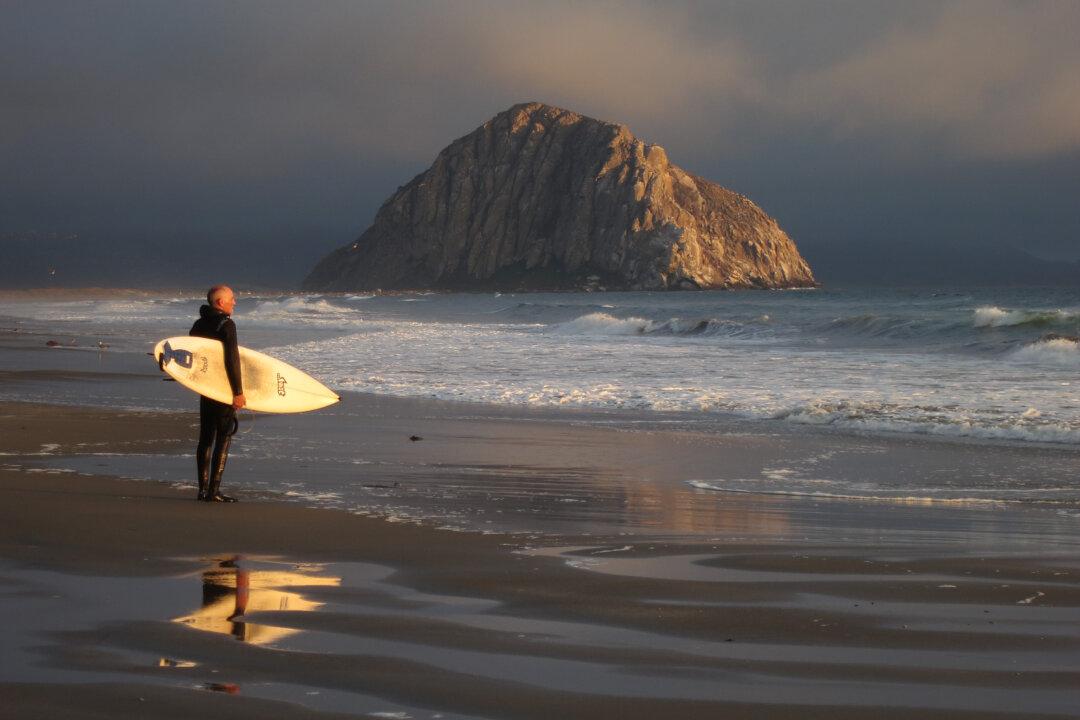A new survey of the ocean floor off the California coast revealed around 15,000 small craters referred to as “micro depressions.”
Eve Lundsten, a senior research technician at the Monterey Bay Aquarium Research Institute (MBARI), told The Epoch Times that some of the pockmarks are 400,000 years old.





